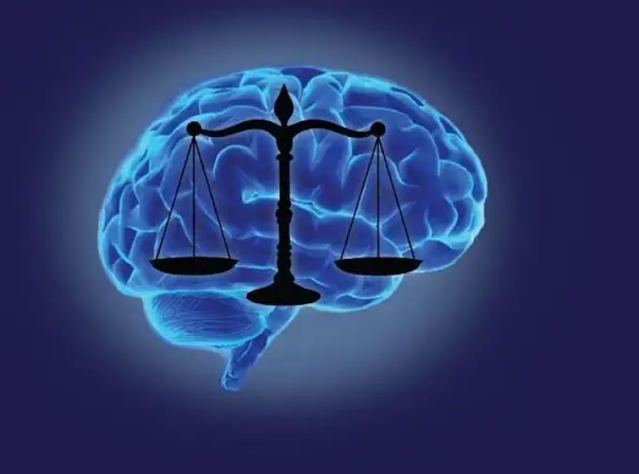Brain - Movement

MOVEMENT This work was done as a part of Summer Program at Elio Academy of Biomedical Sciences . Author : Riyaa Sri Ramanathan The central nervous system — brain and spinal cord — directs the coordinated actions of the hundreds of muscles that enable humans to move. The nervous system governs motion by controlling the structures of the body that produce movement — the muscles. Most muscles attach to the skeleton and span joints , the sites where two or more bones come together. The relationship of the muscles with the skeleton is called skeletal muscles . Activating muscles can either flex or extend the joint that they span. Muscles that bend a joint, bringing the bones closer together, are called flexors ; muscles that straighten the joint, increasing the angle between the bones, are called extensors . Flexors and extensors work in opposition, so when one set of muscles contracts, the other relaxes. For example, bending the elbow requires contraction of the...



